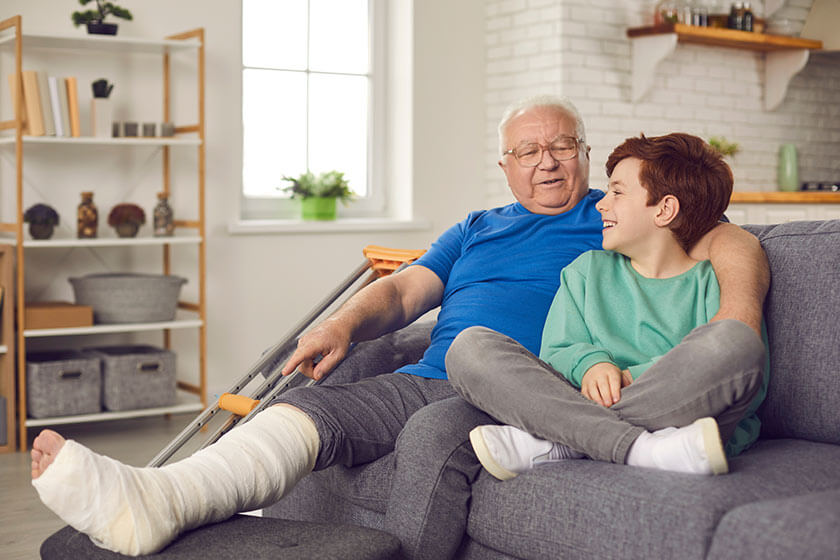Did you know that injuries related to falling are very common in people above the age of 65? You may be aware of your loved ones sustaining injuries like fractured limbs or bruises through it. However, hip fractures in elderly people are one of the more common kinds of fractures. It has been reported that more than 300,000 people over the age of 65 get hospitalized for this reason. Among them, nearly four times as many women than men get hip fractures. This article will take you through why hip fractures are one of the worse kinds of fractures, what makes one more susceptible to them, and how to prevent them.
The Consequences Of Hip Fractures
Children are resilient; when they get a broken bone, it seems to heal in a matter of weeks without much ado. As you age, however, the pace of healing becomes slower, and the consequences of a hip fracture can be serious. It has been reported that fatalities can increase especially if one has a secondary health condition. Worse still, are the issues that arise from limited mobility. As humans, we need to move and when we can’t for extended periods, blood clots and bedsores can form. Their risk for falling also significantly increases.
Risk Factors for Hip Fractures
By identifying common risk factors, you can better prepare yourself. The number one reason for most hip fractures is due to falls. This in turn can be caused by a lack of balance, poor eyesight, or orthopedic issues. Some people have osteoporosis which causes weak and brittle bones. Thereby, the likelihood of fractures greatly increases. This is more common in women than men. Sometimes, medication might make one feel drowsy and off-kilter. Those who don’t lead an active lifestyle may have weaker bones and muscles which lead to fractures. A culmination of these factors results in hip fractures among those above the age of 65.
How to Prevent Hip Fractures
As the leading cause for fractures is falling, it stands to reason that this should be addressed first. One thing that can be done is to improve the home environment to ensure that it is well-lit and free of clutter. This could mean replacing dim lights for brighter, cooler lights and tacking down carpets and rugs. Many falls happen in bathrooms so it’s best to install grab bars and anti-slip mats where appropriate. Those with osteoporosis should aim to increase bone density through vitamin D supplements. Overall, nutritious food and physical exercise should ensure proper muscle and bone health.
Treatment for Hip Fracture
Prevention is definitely superior to treatment but in the case of a hip fracture, surgery may be needed. After that, rehabilitation and physiotherapy may be needed to strengthen the joints. For some patients, it is recommended that they reside in an assisted living community where their needs can be met with them living as independently as possible. There are many options available depending on your type of fracture and lifestyle needs.







